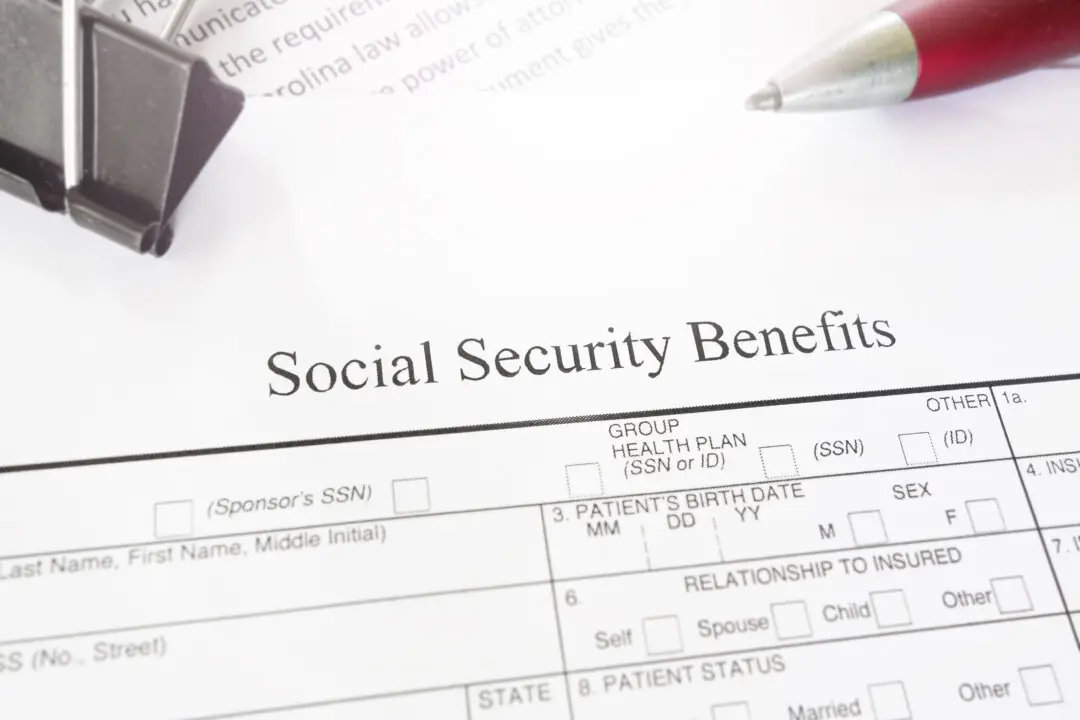OK, class. You’ve been reading my column for a number of years now. It’s time to see how much you’ve learned. So put on your thinking caps, get out your No. 2 pencils, and good luck with this short pop quiz.
Question 1: How many years of earnings are used to compute a Social Security retirement benefit? And are your actual earnings used, or a variation of those earnings?






